Concealed Carry: Are You Ready
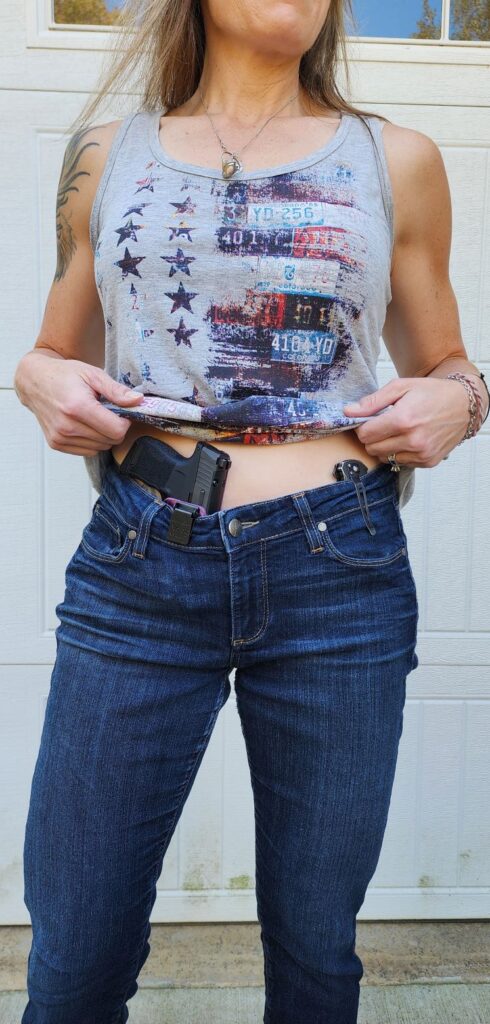
Deciding to carry a concealed firearm is a significant and personal decision that comes with great responsibility. It’s not just about owning a gun; it’s about being prepared to use it safely and effectively if the need arises. So, how do you know if you’re ready for concealed carry? This guide will help you evaluate your readiness and provide practical steps to ensure you’re prepared.
Understanding the Commitment
Carrying a concealed firearm is a serious commitment. It requires a thorough understanding of the laws in your state, a solid grasp of firearm safety, and a dedication to ongoing practice and training. Here are some key aspects to consider:
Legal Knowledge
Before you even purchase a firearm, it’s essential to understand the legal requirements and responsibilities associated with concealed carry. Each state has different laws regarding who can carry, where you can carry, and what types of firearms and holsters are permitted.
- Research State Laws: Familiarize yourself with your state’s concealed carry laws. Some states require permits, while others do not. Know the regulations for your specific location.
- Understand Prohibited Areas: Be aware of places where carrying a firearm is prohibited, such as schools, government buildings, and private properties that prohibit firearms.
- Legal Consequences: Understand the potential legal consequences of using your firearm in self-defense. This includes knowing the laws about justifiable use of force and the legal process that follows a defensive shooting.
Firearm Safety and Handling
Proper firearm safety and handling are the foundation of responsible concealed carry. This includes understanding the mechanics of your firearm and practicing safe handling techniques.
Safety Rules
Always follow the four basic rules of firearm safety:
- Treat Every Gun as if It’s Loaded: Always assume your firearm is loaded and handle it accordingly.
- Keep Your Finger Off the Trigger Until Ready to Shoot: Only place your finger on the trigger when you are prepared to fire.
- Never Point the Gun at Anything You’re Not Willing to Destroy: Always be aware of where your firearm is pointed.
- Know Your Target and What’s Beyond It: Ensure you have a clear target and that there is no risk to bystanders.
Dry Firing Practice
Dry firing is an excellent way to practice firearm handling and build muscle memory without the need for live ammunition. Here’s how to incorporate dry firing into your routine:
- Safety First: Always ensure your firearm is unloaded and that there is no ammunition in the vicinity.
- Basic Handling: Practice picking up and putting down your firearm. Get used to its weight and balance.
- Loading and Unloading: Practice unloading and reloading the magazine to build muscle memory.
- Racking the Slide: Repeatedly rack the slide to become comfortable with this motion.
- Drawing from Your Holster: Practice drawing your firearm from your holster, taking a sight picture, and re-holstering. If you carry in a purse, practice drawing from your purse as well.
- Daily Practice: Make dry firing a daily routine. The more you handle your firearm, the more confident you will become.
Training and Practice
Regular training and practice are crucial for developing and maintaining your skills. Live practice at the range complements dry firing and helps you become proficient with your firearm.
Range Practice
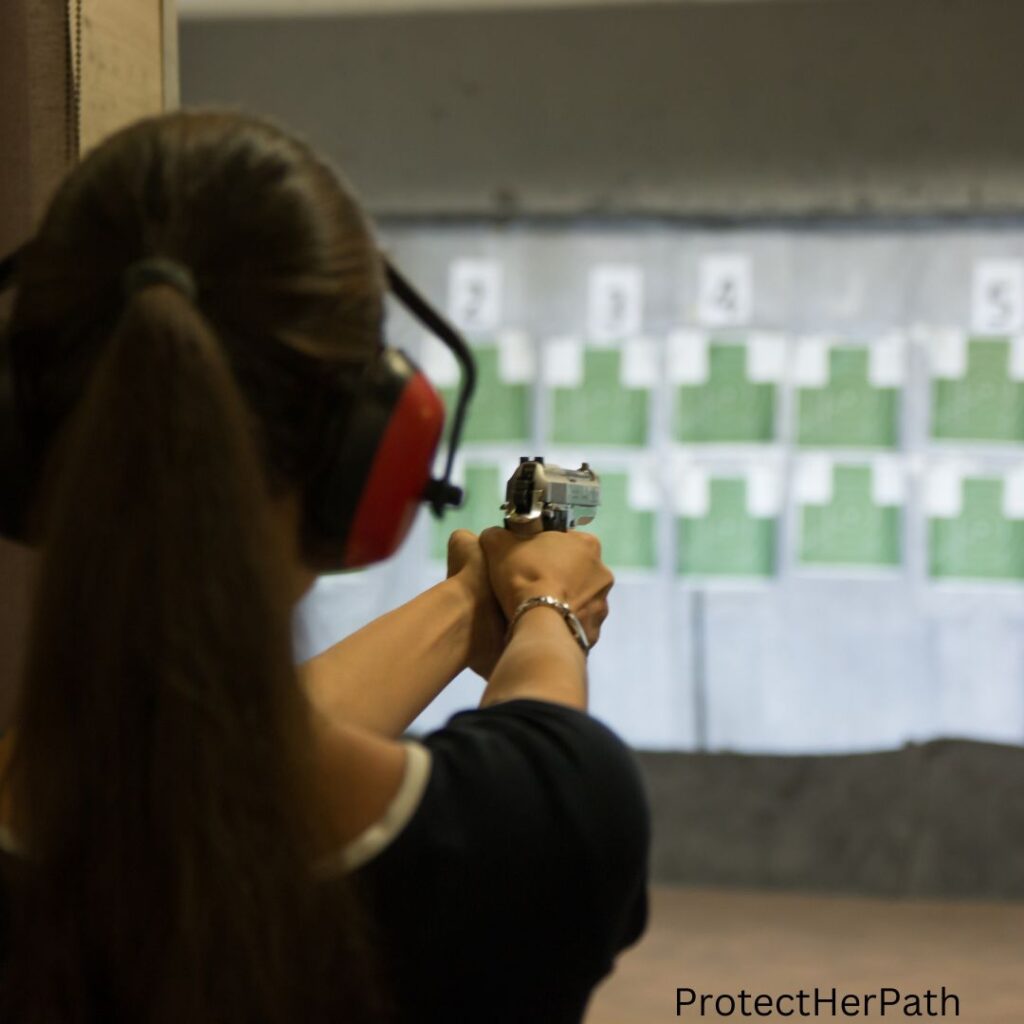
- Consistent Schedule: Make it a point to visit the range at least once a week. Consistent practice is key to building and maintaining your skills.
- Start Slow: If you’re new to shooting, start with a few rounds at a time and gradually increase the number as you become more comfortable.
- Focus on Fundamentals: Pay attention to your stance, grip, sight alignment, and trigger control. These fundamentals are critical for accurate and safe shooting.
- Seek Professional Training: Consider taking a class from a certified instructor. Professional training can provide valuable feedback and help you develop proper techniques.
Advanced Training
Once you’re comfortable with the basics, consider taking advanced courses in defensive shooting, tactical training, or even competition shooting. These courses will challenge you and further build your confidence and skills.
Assessing Your Readiness
Assessing your readiness for concealed carry involves more than just your shooting skills. It’s about your mindset, lifestyle, and willingness to commit to ongoing practice and education.
Mindset
Carrying a concealed firearm requires a mindset of responsibility and awareness. You need to be prepared to use your firearm in self-defense, and you must understand the gravity of that responsibility.
- Situational Awareness: Always be aware of your surroundings. This includes being able to identify potential threats and knowing how to avoid dangerous situations.
- Mental Preparedness: Be mentally prepared to use your firearm if necessary. This involves understanding the potential consequences and being willing to act in self-defense.
- Stress Management: Learn to manage stress and stay calm under pressure. Practice deep breathing exercises, meditation, or other stress-relief techniques to stay focused.
Lifestyle Considerations
Your lifestyle can also impact your readiness for concealed carry. Consider the following:
- Carrying Comfort: Ensure you are comfortable carrying your firearm daily. This includes finding a suitable holster and clothing that allow for comfortable and discreet carry.
- Secure Storage: When not carrying, ensure your firearm is stored securely to prevent unauthorized access.
- Family Considerations: If you have a family, especially children, make sure they understand firearm safety and the importance of not accessing your firearm without your supervision.
Deciding to carry a concealed firearm is a personal and significant decision that requires careful consideration, training, and ongoing practice. By understanding the legal requirements, practicing safe firearm handling, incorporating dry firing into your routine, and regularly visiting the range, you can build the skills and confidence needed for responsible concealed carry. Assess your mindset and lifestyle to ensure you are fully prepared for the responsibility that comes with carrying a firearm. With dedication and commitment, you can be ready to protect yourself and your loved ones effectively and safely.
Stay connected with us on Facebook and Instagram for more self-defense tips, safety insights, and empowering content tailored to help women walk their path with confidence. Let’s keep the conversation going. Join us today!


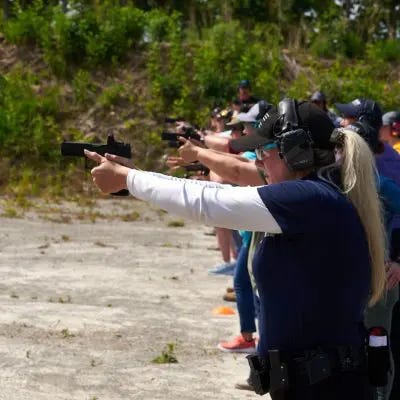
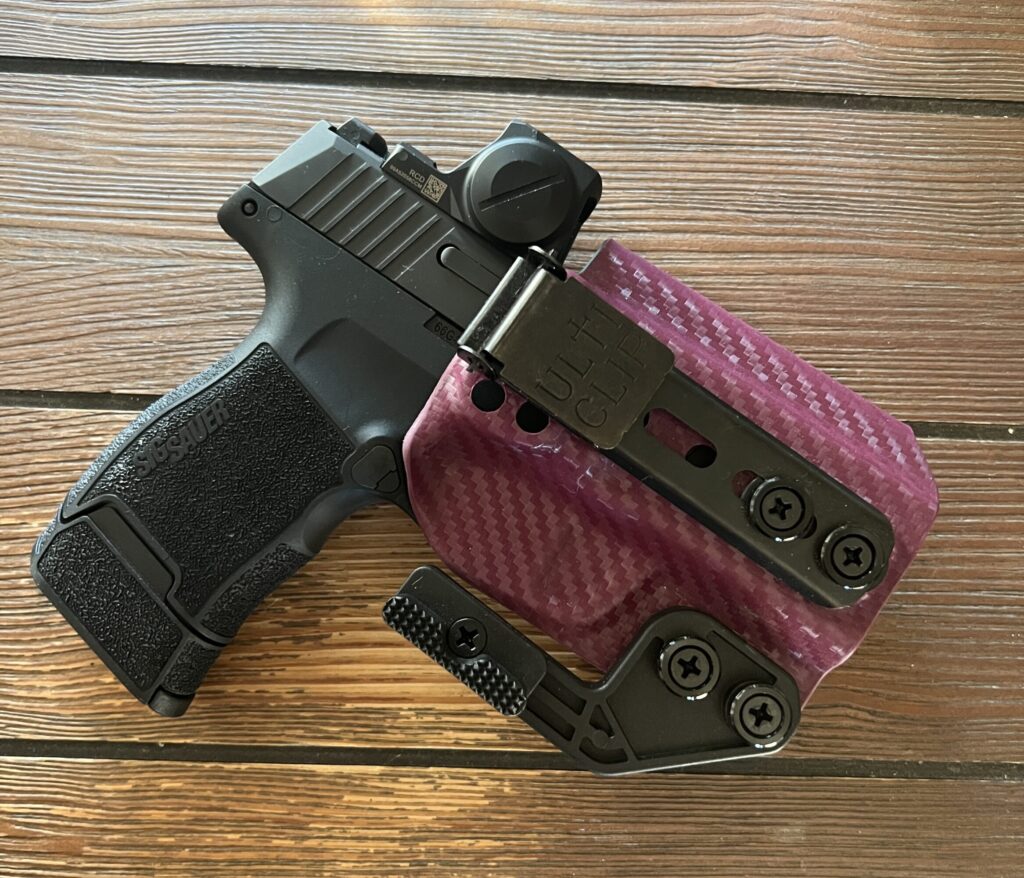
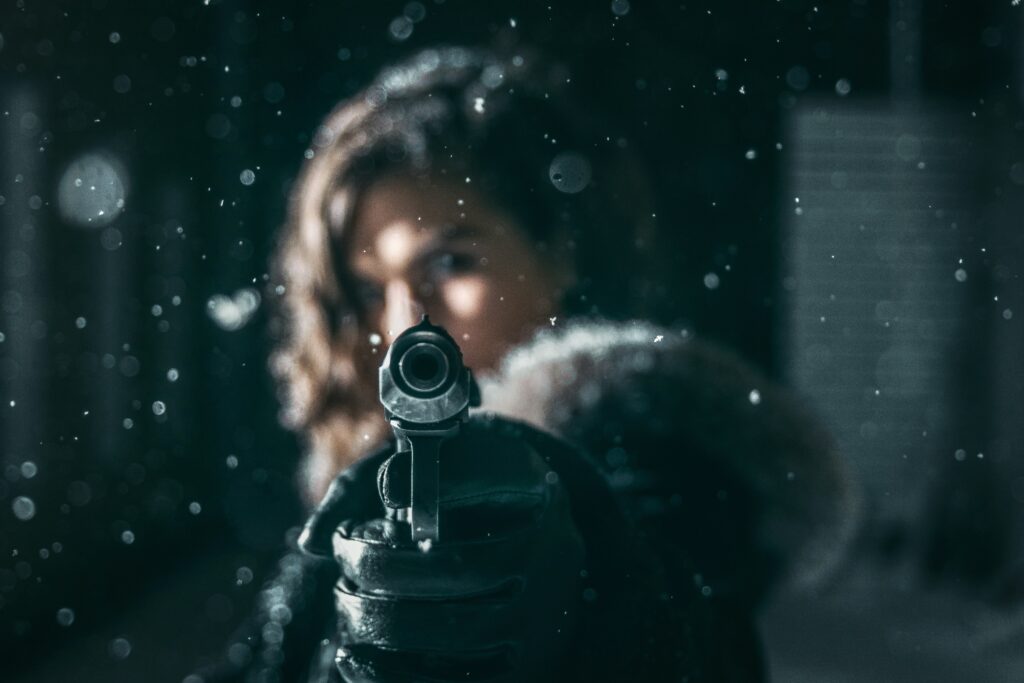
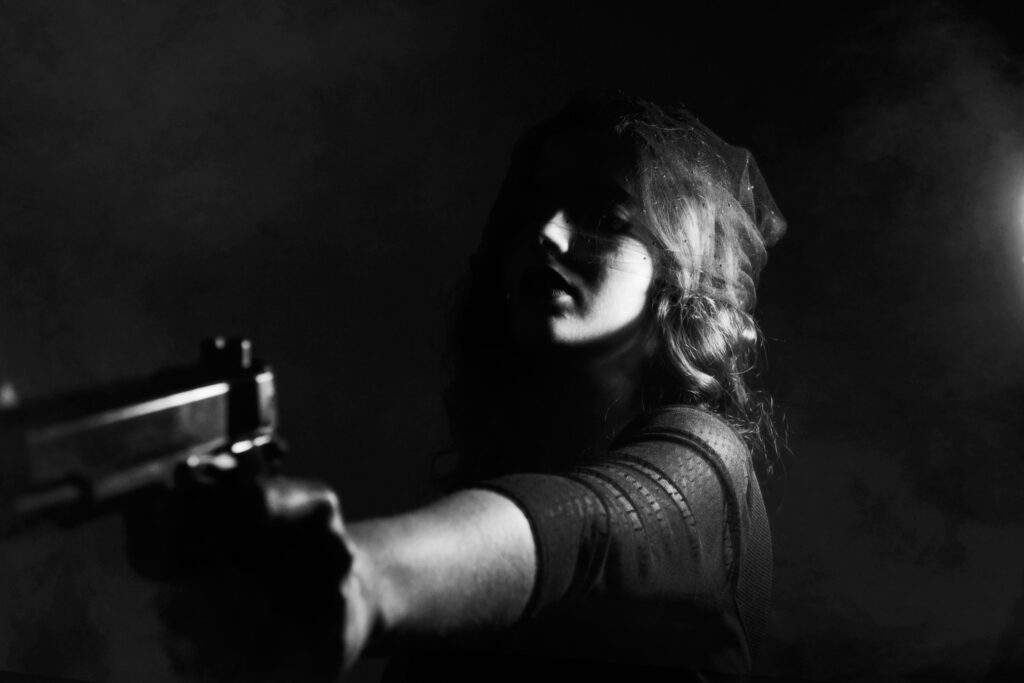
Responses